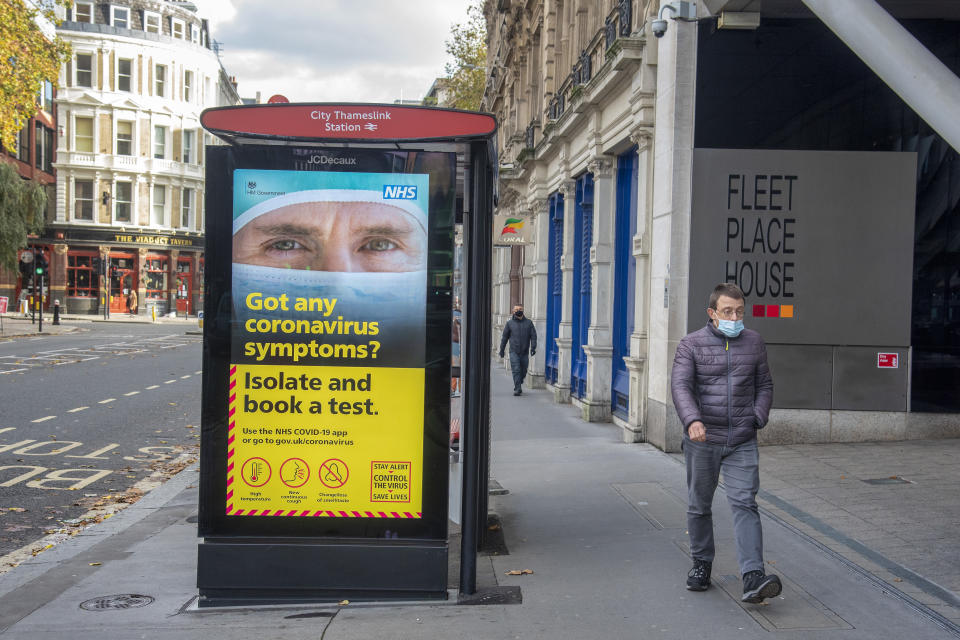Coronavirus infection rate 'is slowing' across the UK, government advisor says

Coronavirus infection rates across the UK are showing signs of “slowing”, according to the UK’s leading statistician.
Professor Sir Ian Diamond, the head of the Office for National Statistics (ONS), said the number of infections is still going up and may continue to do so for the near future.
But Sir Ian argued, despite some region suffering very high infection rates, the ONS data showed the nationwide rate was gradually decreasing.
"The good news is - yes - we are seeing a slow down in the rate of growth,” he told Sky News's Sophy Ridge On Sunday show..
"That means we're still increasing and we are now in England at 1.25 per 1,000. That means that one in 85 people in England, we believe, have the virus.
"In Wales, a little less at one in 100, in Scotland one in 135 and Northern Ireland one in 105.
"So yes we are continuing to increase the numbers, but the rate of growth is slowing."
Read more: More than 600k had COVID in week before lockdown but rate of increase now slowing, ONS data shows
It comes after the Government said a further 462 people had died within 28 days of testing positive for Covid-19 as of Saturday.
As of 9am on Saturday, there had been a further 26,860 lab-confirmed cases of coronavirus in the UK, slightly down from 27,301 on Friday.
Watch: Deputy chief medical officer says NHS can keep up with vaccine rollout
Sir Diamond said that he expected to see infections continuing to increase in the initial period of restrictions, as "these are infections that people would have caught before the restrictions started".
"We moved into this new period of restrictions just a short while ago," he added.
"What you expect to see in the initial period of restrictions is a continued increase, very simply because these are infections that people would have caught before the restrictions started.
"We will be working tirelessly over the next couple of weeks to monitor how the restrictions are working, impacting on the pandemic.
"And towards the end of the restrictions, to provide all the very best data we can to the government to help ministers with what will clearly be a very different decision."
Coronavirus: what happened today
Click here to sign up to the latest news, advice and information with our daily Catch-up newsletter

 Yahoo News
Yahoo News 

